Co2 Flooding System Master & Slave Cylinder Operation
Generally we found series of cylinders installed near to control rooms, turbines, electronic/electrical equipment etc… to extinguish the fire in case of short circuits, burn outs or any fire incidents.
The cylinders may contain CO2, Argonite etc gases to extinguish the fire.
Here we are learning about how these cylinders are activated or their operation in detail.
Basically these cylinders are operated pneumatically i.e. with air pressure. Whenever the pressure applied to the cylinder top valve, the valve activates and releases the gas inside the cylinder.
Master cylinder consists a solenoid valve for remote/auto activation and a Manual Valve or Manual release cutter pin for Manual activation. Manual activation will be useful in case of auto operation fails.
If you observe below animation, Master cylinder have one extra tube/pipe connected with Manual valve and Solenoid Valve. As i said before, cylinder operates pneumatically so instead of using external air source we are using cylinder gas pressure itself for cylinder activation.
Say, Master Cylinder Solenoid valve is activated, then the gas inside the Master cylinder releases through this pipe and it will go the Master Cylinder Top valve. The Master Top valve activates and the master cylinder gas will be released. Now it has two paths to go. One is to Main discharge line which is connected to the control room for fire extinguish. Second one will go the next slave cylinder. This master cylinder pressure activates the slave cylinder Top Valve and thus the slave cylinder gas will be released.
Now Slave cylinder gas may have two Paths (In animation shown only one path). One is Discharge line & it will go to control room and second one can be used to activate next slave cylinder and this cycle repeats. Generally we connect so many cylinders in series as shown in above picture.
We can use more than one master in case there are so many cylinders in series to speed up the operation.
Here in below animation, only one Master and one Slave Operation Shown.
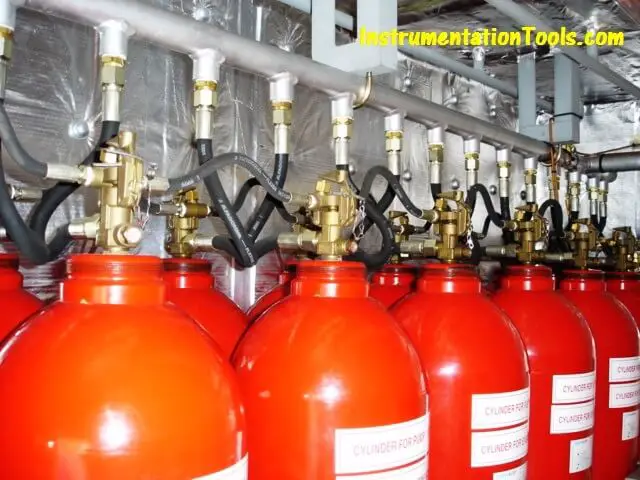
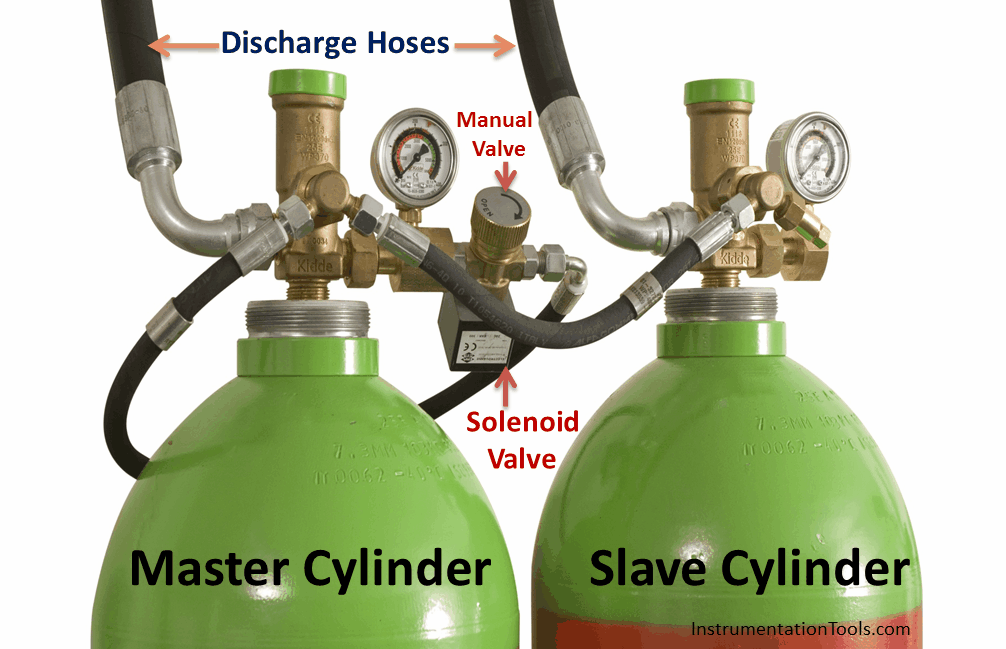
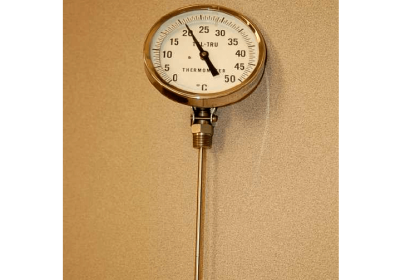
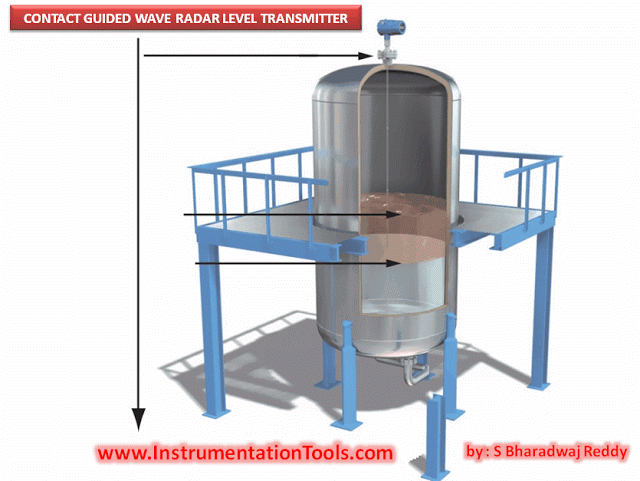
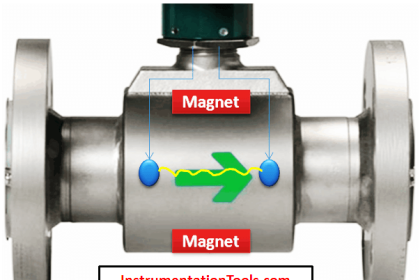
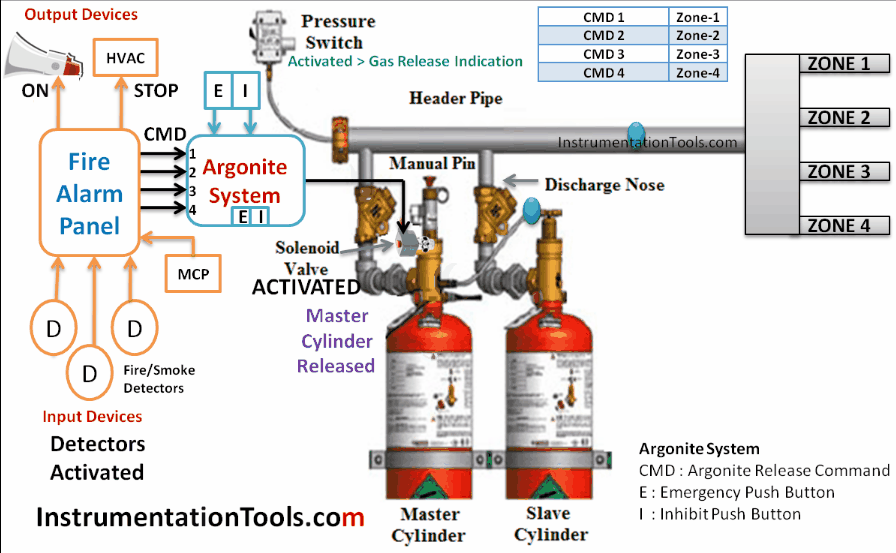
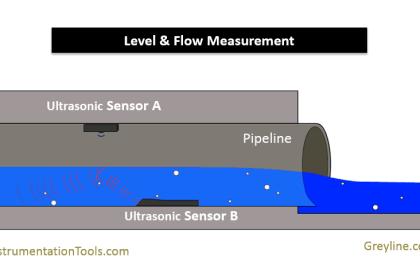
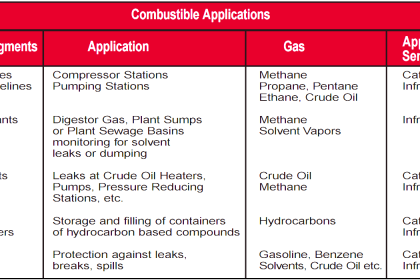

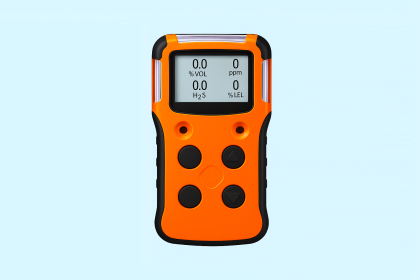
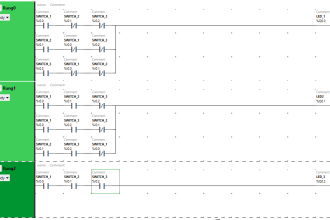
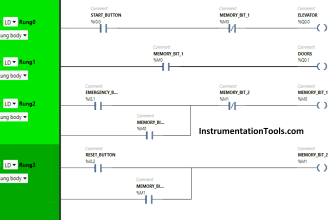
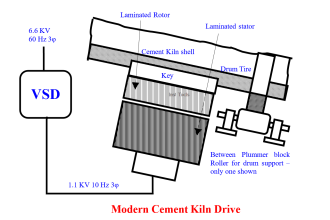
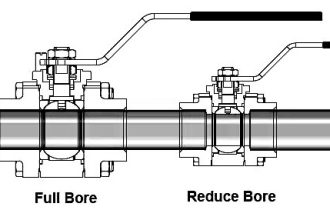
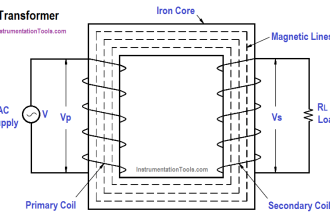
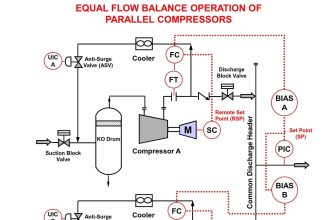
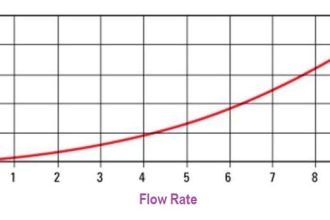


valuable information, Thank you.